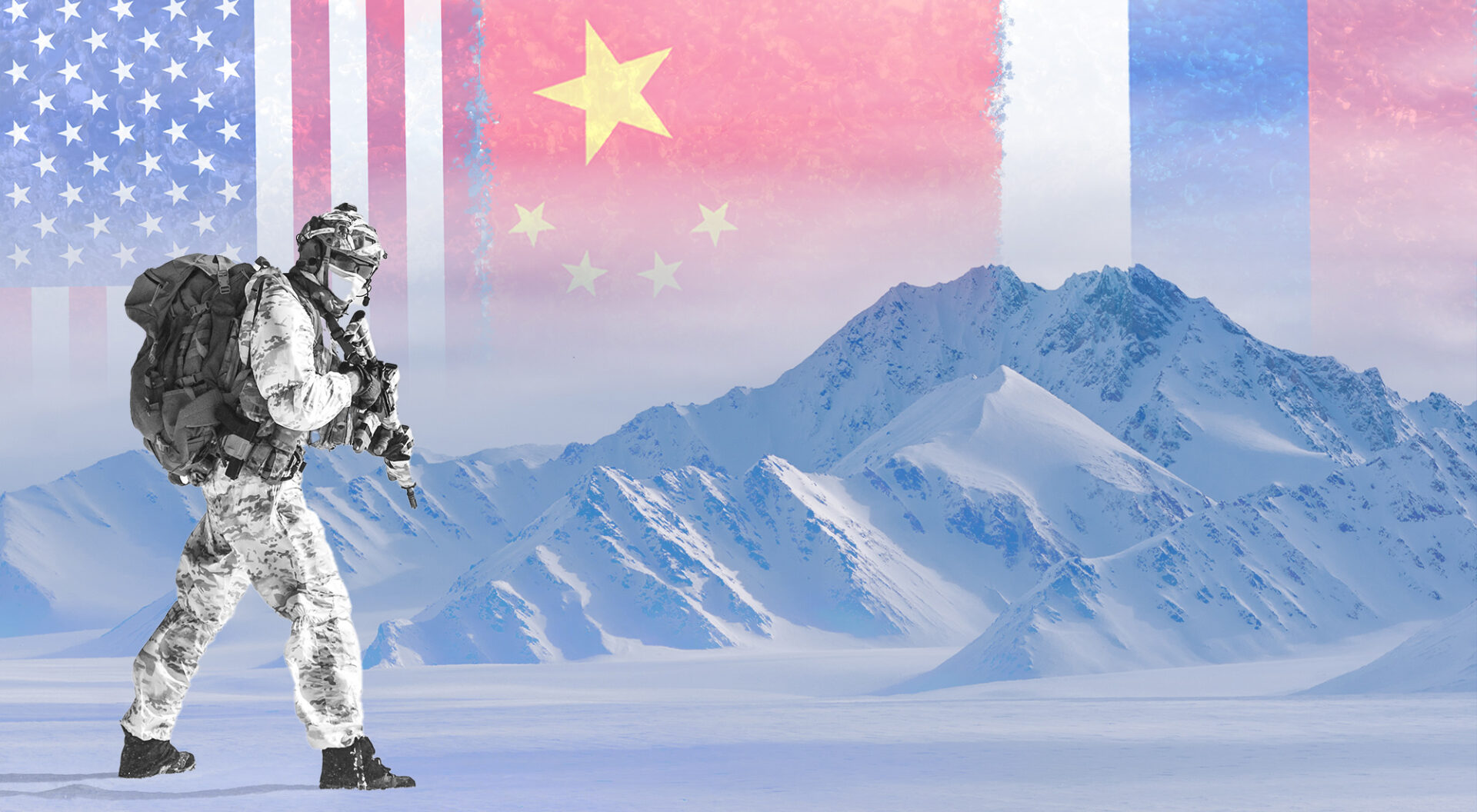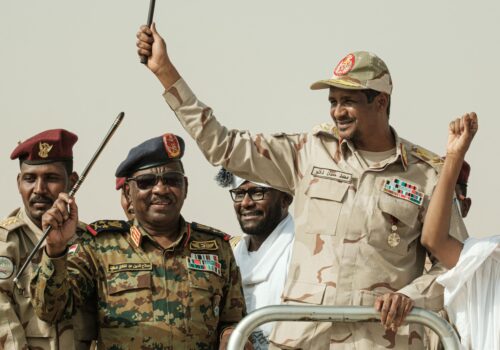Once a cooperative platform prioritizing environmental protection and indigenous rights, the Arctic Council had become one of the rare spaces where soft power strategies were actively practiced in the post–Cold War period. However, this balance was disrupted in 2022 when Russia invaded Ukraine. This development shook the foundations of the European security architecture and profoundly impacted the multilateral diplomatic tradition of the Arctic.
Following the invasion, cooperation with Russia was suspended, joint projects halted, and scientific data exchanges frozen. The Council consequently lost its functional capacity and became largely symbolic. As diplomatic space narrowed, military exercises came to the fore. Countries like the U.S., Norway, and Canada increased their military presence in the North, while Russia expanded its base infrastructure in an effort to reestablish strategic balance. As the principle of cooperation eroded, state motivations shifted from partnership to territorial control.
New Maritime Routes, New Rules of the Game
The Arctic’s economic allure is concentrated around three axes: access to energy resources, the presence of rare earth elements, and advantages in maritime transportation. As melting ice reveals both natural resources and new shipping lanes, these developments are reshaping global trade patterns. The Northern Sea Route, for instance, significantly reduces travel time between China and Europe and decreases dependency on the Suez Canal.
Each vessel navigating this corridor carries more than just commercial cargo—it reinforces or challenges sovereignty claims. In 2024 alone, 1,782 commercial ships utilized this route, signaling its evolution from a seasonal alternative to a permanent geopolitical axis. Securing this route depends not just on environmental conditions or piracy threats but also on state military capabilities and deterrence balances. Power projection in the region now carries strategic implications far beyond maritime trade.
Grand Strategy in the Arctic: New Axes of Global Rivalry
In the 21st-century global power structure, the Arctic has emerged as a geopolitical laboratory where the strategic trajectories of the U.S., Russia, and China intersect. Each actor approaches the region with distinct historical contexts and capacities, seeking to align Arctic policy with broader global ambitions.
The United States has redefined its Arctic stance from passive observation to active deterrence through policy documents like Blue Arctic and Arctic Dominance. The Pituffik base in Greenland and multinational exercises in Norway symbolize this shift. Yet structural weaknesses—particularly in military infrastructure and icebreaking capabilities—undermine Washington’s goal of a sustainable presence. These shortcomings are partly offset through NATO cooperation, scientific partnerships, and engagement with indigenous communities. However, aggressive rhetoric from past administrations has at times undermined the credibility of these strategies.
For Russia, the Arctic represents not just a repository of natural resources, but also a zone of strategic depth and international prestige. Inheriting Soviet-era infrastructure, Moscow has modernized its Arctic posture with next-generation nuclear submarines, atomic-powered icebreakers, and radar networks that function as early-warning and electronic surveillance systems. Despite its low-profile diplomatic posture within the Arctic Council, Russia’s growing military footprint and intensified exercises clearly reflect its long-term strategic intent—particularly as it seeks to challenge NATO’s northern flank.
China, though lacking a direct Arctic coastline, has sought both political and economic leverage in the region by declaring itself a “near-Arctic state.” Rather than employing overt military tools, Beijing has expanded its influence through scientific research, energy cooperation, and infrastructure investments. Projects like Yamal LNG, conducted in partnership with Russia, demonstrate how China integrates its economic interests into Arctic development. As part of the northern branch of the Belt and Road Initiative, China sees the Arctic as a strategic logistical hub. Its growing icebreaker fleet, investments in polar ports, and bespoke financial mechanisms signal a long-term, multi-layered strategy—one that is increasingly viewed by Western states not merely as commercial, but as geopolitical in nature. As China’s presence expands, scrutiny over its intentions deepens.
Fragile Balances Between Military Might and Diplomatic Paralysis
The Arctic is no longer defined solely by climate data—it has become a global security zone shaped by military strategy. The United States has integrated its rapid deployment units in Norway into NATO’s Arctic framework, while Russia has extended its submarine capabilities and electronic surveillance networks via the Northern Fleet. This military activity goes beyond defensive postures, serving as a means of power projection and strategic signaling.
China’s approach reflects a subtler form of competition. Eschewing traditional military presence, it has instead expanded scientific and technological infrastructure, enhancing its intelligence and access capabilities. Through seismic research vessels, polar stations, and submarine monitoring systems, China is constructing a low-profile but lasting presence. The Arctic has thus become less a space of imminent conflict and more a multi-layered theatre of controlled tension.
Amid this militarization, multilateral frameworks such as the Arctic Council have seen their operational relevance severely diminished. Initially founded to promote environmental sustainability and indigenous rights, the Council has faltered in the face of geopolitical fragmentation. Russia’s exclusion, Denmark’s passivity, and growing pressure from China’s observer role have all disrupted internal cohesion. The U.S., meanwhile, has contributed to this instability through fluctuating Arctic policies shaped by changes in political leadership.
With the Council’s capacity for joint project development effectively paralyzed, diplomacy has devolved into mere position-taking. The institution no longer offers viable responses to either environmental or security challenges. Without structural reform and a trust-based renewal of multilateralism, the Arctic Council risks becoming a symbol not of cooperation, but of deadlock.
Tension, Vacuum, and the Search for a New Equilibrium
The Arctic has shifted from an environmental frontier to a strategic theater that extends far beyond border security. Military activity in the region now functions not only as defense but also as deterrence and symbolic assertion. The U.S. bolsters its presence through NATO-integrated rapid deployment forces; Russia fortifies the region with submarine strength and surveillance; and China, by contrast, leverages research stations, seismic vessels, and monitoring infrastructure to enhance strategic access without overt military buildup. The Arctic is thus evolving into a zone of persistent supervision and limited maneuvering—less a battlefield, more a tense chessboard.
In this environment, the Arctic Council and similar platforms have lost much of their ability to exert meaningful influence. Originally designed as cooperative venues for sustainability and indigenous advocacy, they are now fragmented by geopolitical pressures. Russia’s exclusion, Denmark’s inertia, and China’s increasing leverage through its observer role have weakened cohesion. The U.S.’s shifting Arctic policies have further eroded institutional continuity. As a result, the Council has transitioned from a policy actor to a symbolic institution—incapable of generating trust or managing change. Frozen projects, eroded cooperation, and institutional fatigue have become its defining features.
These dynamics have pushed the Arctic toward a fragile, multi-dimensional power equation. Not only do energy reserves emerge from melting ice, but also blurred borders and redrawn strategic intentions. The United States seeks to use the region to reaffirm its global leadership; Russia asserts control through tangible occupation; and China gradually consolidates economic influence. Meanwhile, internal instability—such as Greenland’s push for greater autonomy and the absence of a unified vision among Arctic littoral states—further complicates the strategic landscape.
In conclusion, the Arctic is no longer just a polar periphery—it is a contested, heavily monitored, and diplomatically paralyzed arena where hard power overshadows cooperation. This condition reflects both intensifying regional rivalries and a broader transformation in the global order’s search for new equilibria.




